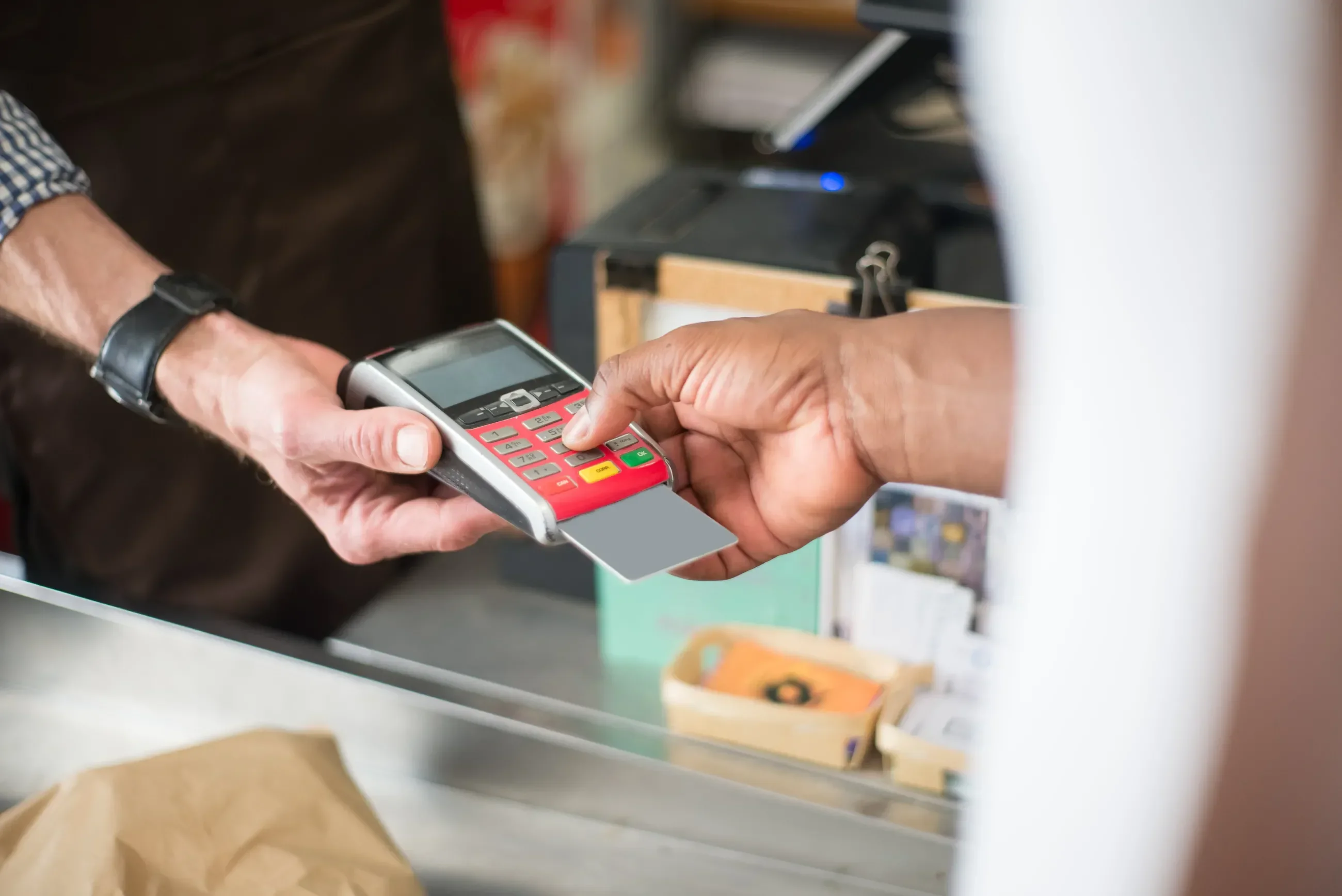
Why Frictionless Customer Experience Matters in Business?
Think about this for a moment: Who are you more likely to recommend? A brand that made you jump through hoops to make a purchase or the one that offered you a one-click purchase process? The answer to this question underscores the critical role that frictionless customer experiences play in shaping our perceptions and choices as consumers.
In this article, we will learn about the importance of customer experiences and how they can be a game-changer for your business in a competitive marketplace. Join us as we delve into the world of effortless interactions and their impact on brand loyalty and business success.
What is Frictionless Customer Experience?
Frictionless customer experience refers to the seamless and hassle-free interaction a customer has with a company throughout their journey, from initial engagement to post-purchase interactions. It involves identifying and eliminating any obstacles or inconveniences that may hamper this journey.
Four Key Benefits of providing a frictionless customer experience:
- Enhanced Customer Loyalty: According to Hubspot, a staggering 68% of customers are willing to pay a premium for products and services from companies known for excellent customer service. A frictionless experience boosts customer satisfaction, fostering increased loyalty and higher customer retention rates.
- Improved Conversion Rates: A smooth customer journey significantly enhances conversion rates. Forrester research shows that companies prioritizing customer experience see a 1.6 times increase in customer lifetime value and a 1.4 times boost in revenue compared to others.
- Fostering Brand Advocacy: Satisfied customers are more likely to become enthusiastic brand advocates. Findings by Temkin Group reveal that after a single positive experience, a remarkable 77% of customers are inclined to recommend a brand to a friend.
- Gaining a Competitive Edge: Providing a frictionless CX differentiates a business from its competitors. Remarkably, 73% of companies excelling in CX outperform their competitors financially, underscoring the significance of this advantage.
Identifying Sources of Friction and Effective Management
Customer Experience Friction Situation | Causes | Mitigation Strategies |
Long Wait Times |
|
|
Poor website/user interface |
|
|
Lengthy and confusing forms |
|
|
Lack of personalization |
|
|
Inadequate customer support |
|
|
Inconsistent cross-channelRegularly experience |
|
|
Complex payment processes |
|
|
Here are five practical insights for identifying and addressing the above-mentioned friction areas:
- Customer Feedback: Actively collect and analyze customer feedback, reviews, and surveys to identify recurring issues or complaints, pinpointing areas of friction.
- User Testing: Conduct real customer user testing to identify usability and navigation issues on your website or application.
- Data Analysis: Examine analytics data to detect drop-off points in the customer journey, highlighting areas where customers experience friction.
- Competitor Benchmarking: Analyze the customer experiences provided by your competitors to identify processes that may be smoother or more user-friendly.
- A/B Testing: Implement A/B testing assess various iterations of your website or app, helping identify design or content changes that reduce friction and improve user engagement.
Real-World Frictionless Customer Experience Examples
Join us as we delve into real-world examples of how companies are excelling in delivering frictionless customer experiences across all industries. This includes the customer experience in healthcare, as well as sectors like retail, education, and manufacturing.
Amazon - Predictive Analytics
Amazon leverages predictive analytics for upselling through creating bundles and cross-selling by offering suggested purchases. This data-driven approach examines customer search patterns to determine valuable products. By seamlessly presenting these suggestions alongside potential purchases, Amazon boosts sales without being pushy.
Their predictive analytics method involves customer segmentation, trigger events, and rule-based scoring, resulting in highly personalized recommendations. Additionally, predictive analytics helps identify people at risk of leaving, allowing Amazon to offer tailored incentives for retention, ranging from surveys to special offers, ensuring a customer-centric approach.
Delta Airlines - Streamline Customer Journey
Delta Airlines stands out by providing a seamlessly streamlined customer journey, guided by data-driven insights and predictive analytics. By tracking customer behavior, analyzing purchase history, and even monitoring social media activity, Delta offers highly personalized experiences at every touchpoint. These insights enable Delta to anticipate customer needs and deliver tailored recommendations.
Machine learning algorithms personalize emails, and passenger feedback shapes seat selection options. Their ROI Strategy uses data analytics to predict disruptions like flight delays and cancellations, allowing for proactive solutions and early communication. This customer-centric approach has boosted satisfaction and loyalty, helping Delta stand ahead of its competitors in the airline industry.
Netflix - Personalizes the User Experience
Netflix, the streaming giant, owes its success to the prowess of artificial intelligence (AI) and generative AI. By utilizing AI algorithms, Netflix gleans deep insights from user data, enabling it to provide tailored recommendations and enhance the overall user experience.
Netflix's recommendation system, fueled by collaborative filtering algorithms, offers personalized content suggestions by analyzing user preferences, viewing habits, and contextual factors.
Moreover, Netflix's AI extends to content creation and curation, enabling the platform to deliver a diverse and captivating library of shows and movies.
Best Buy - Virtual Assistant “Agent Mia”
Best Buy employs a Virtual Assistant named "Agent Mia" to elevate the customer experience. Mia is a sophisticated tool designed to seamlessly assist and guide customers throughout their shopping journey. Whether it's answering inquiries, helping with product selection, or troubleshooting issues, Mia ensures that customers receive the support they need efficiently and with a personal touch. Mia also helps customers and Best Buy employees save time.
By integrating advanced technology and AI, Best Buy enhances the overall shopping experience, making it not just convenient but also highly satisfying for its customers.
American Express - Detects Fraudulent Transactions
American Express employs machine learning in its fraud detection strategy, ensuring the security of over $1.2 trillion in transactions annually. With real-time monitoring, their machine learning model swiftly evaluates every American Express card transaction globally, generating a fraud decision in milliseconds.
By leveraging vast data from cardholders and merchants, the company identifies fraud patterns and assesses legitimacy within seconds, offering a seamless purchasing experience to genuine customers while preventing fraudulent transactions.
How to Accomplish a Frictionless Customer Experience: Step-by-step
Creating a seamless customer experience is crucial for businesses to build customer loyalty and drive growth. Here's a step-by-step guide to help you accomplish a frictionless customer experience:
- Understand Your Customers: Start by gaining a deep understanding of your target audience, their preferences, pain points, and expectations.
- Map the Customer Journey: Create a detailed map of the customer journey to identify all touchpoints where customers interact with your brand, both online and offline.
- Identify and Prioritize Friction Points: Analyze the customer journey to pinpoint friction areas like long waits, complex processes, or unclear information. Prioritize these based on their impact and frequency.
- Simplify Processes: Streamline and simplify your internal processes to reduce bottlenecks and inefficiencies that may lead to customer friction.
- Invest in Technology: Implement technology solutions that can automate routine tasks, provide self-service options, and improve the efficiency of customer interactions.
- Improve Website and User Interface: Enhance your website and digital interfaces by making them user-friendly, fast, and responsive. Focus on clear navigation and mobile optimization.
- Enhance Customer Support: Invest in a responsive and well-trained customer support team. Offer multiple support channels, including chat, email, and phone.
- Provide Consistent Information: Ensure consistency across all customer-facing channels. This includes product information, pricing, and branding.
- Offer Self-Service Options: Provide customers with self-service tools, such as knowledge bases, FAQs, and chatbots, to help them find information and solutions independently.
- Measure, Optimize, and Adapt: Continuously monitor performance, make improvements, and stay agile in response to changing customer needs and feedback.
Partnering with Five9 for Frictionless Customer Experiences in the Contact Center
Five9 is a trusted and reliable partner for businesses aiming to provide a frictionless customer experience. It provides a comprehensive feature set including intelligent routing, multichannel capabilities, and advanced analytics. These features enable your business to streamline customer inquiries, ensuring that they are directed to the right agents, thereby minimizing wait times and enhancing efficiency. Additionally, the platform offers seamless integration with customer relationship management (CRM) systems, enabling a 360-degree view of your customer interactions and preferences.
Five9 leverages automation and AI in customer experience to provide self-service options and personalized experiences, resulting in satisfied customers and increased loyalty. With Five9, you can proactively address customer needs, anticipate issues, and deliver an exceptional and frictionless contact center experience.



